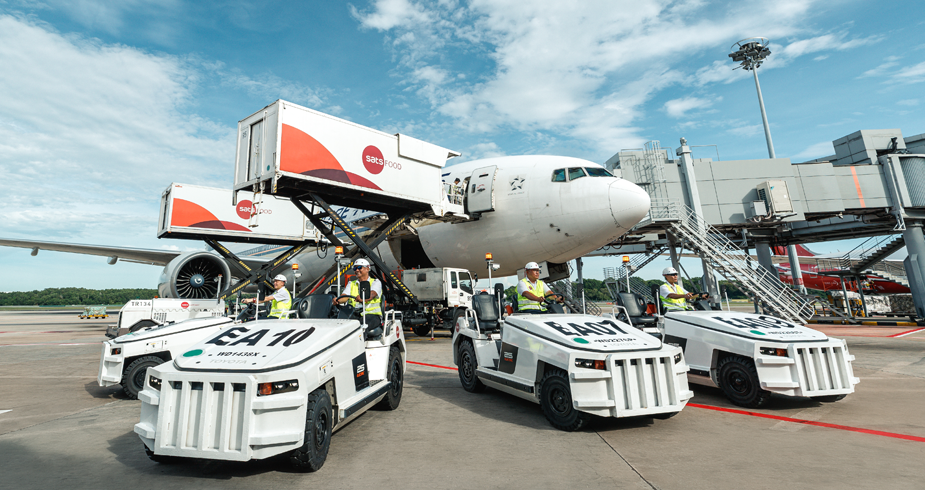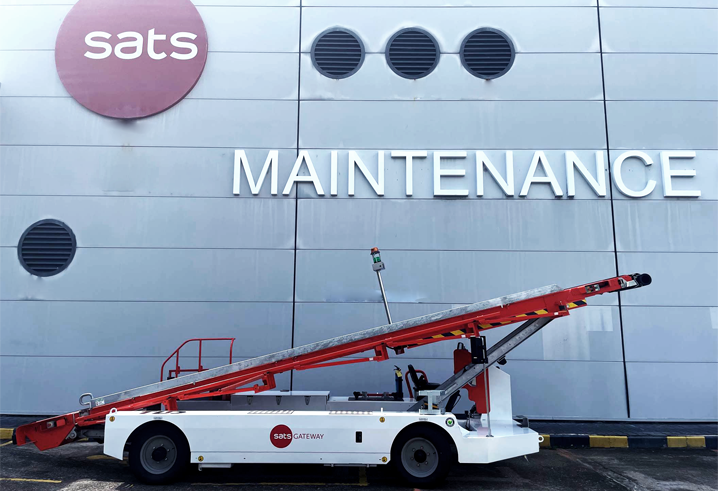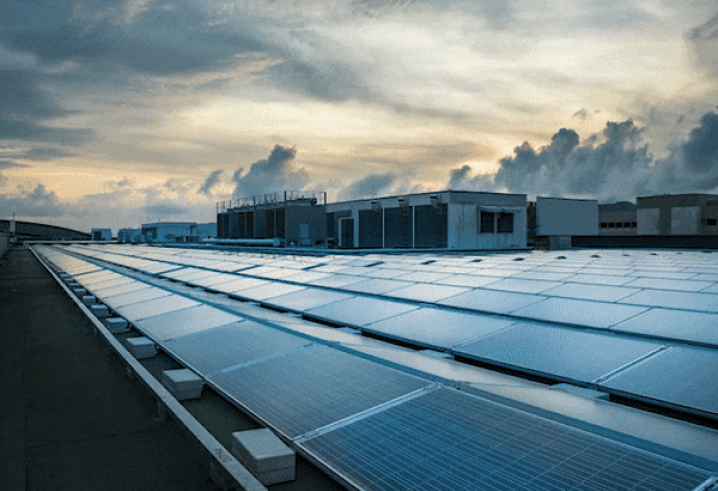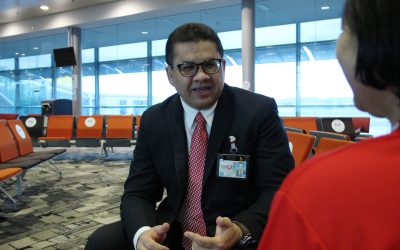-
Electrifying our GSE fully is expected to abate
11,000tC02e
-
Electrifying of
71
forklifts expected to eliminate 1,087 tCO2e
-
About
10,000
megawatt-hours of renewable energy generated annually

We have therefore adopted TCFD as a useful approach in helping the organisation identify and address the potential impact of climate-related risks and opportunities on our business strategy and operations.
1Carbon intensity refers to carbon emissions generated per unit of activity, such as gross meals produced, flights handled or tonne of cargo handled.











.png)
